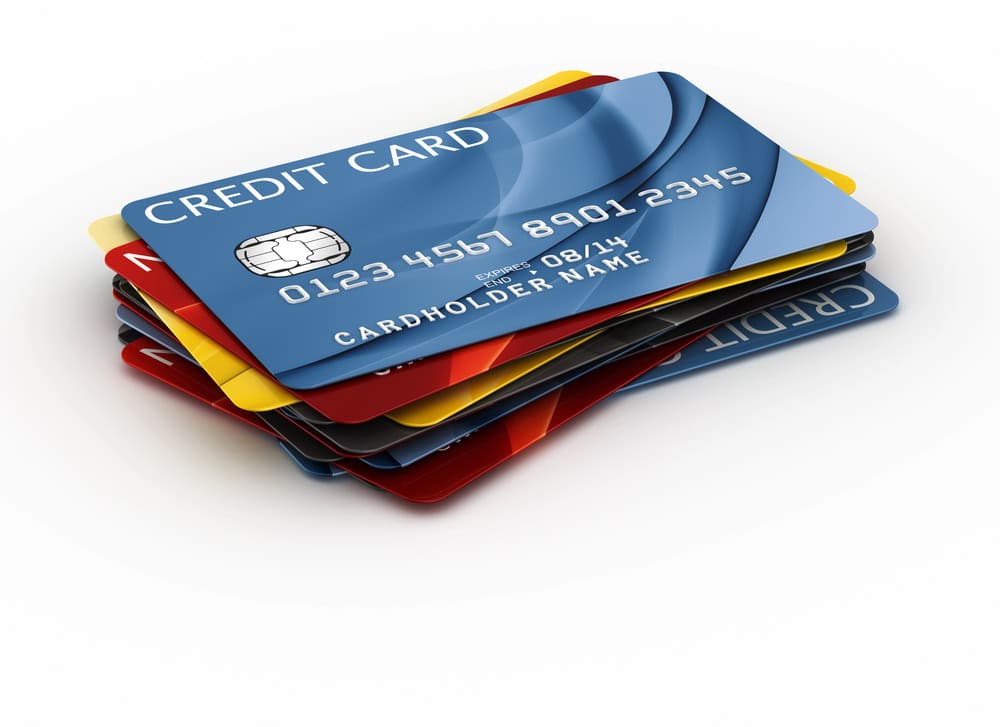How To Consolidate Credit Card Debt in Singapore: Effective Methods and Key Considerations
This post contains affiliate links. Click here to read my affiliate policy.
Last Updated on May 22, 2025

Image credit: Source
Managing several credit card bills each month can be confusing and stressful, especially when high interest rates make it harder to pay off what is owed. Many in Singapore look for solutions that make payments clear and help them save on interest. The fastest way to handle multiple credit card debts is to combine everything into one payment with a lower rate, making it easier to manage.
A credit card consolidation loan can help by turning many balances into a single monthly bill, often at a lower rate than usual credit cards. This makes it simpler to track your payments and can help you pay off your total debt faster. Using a credit card consolidation loan offers a practical way to take control of your finances without getting lost in different due dates and payment amounts.
People in Singapore who want to control their budgets and stress less about money should think about this type of solution. It is a step that can bring peace of mind, especially if you feel stuck or unable to make progress with many different card balances.
Understanding Credit Card Debt Consolidation in Singapore
Debt consolidation combines several types of unsecured credit, like credit card balances, into one single payment plan. This option can make debt easier to manage and may lower the interest rate paid each month.
What Is Debt Consolidation
Debt consolidation is a way to merge multiple outstanding debts from credit cards and other unsecured credit facilities into one loan. This new loan usually offers a lower interest rate than regular credit card rates.
People in Singapore often use a debt consolidation plan (DCP) to pay off their credit card debt more quickly. With one fixed monthly payment, it’s easier to keep track of progress and avoid missed payments.
The main goal is to replace several high-interest debts with a single, more manageable payment. This is especially useful for those struggling with revolving credit balances and finding it hard to catch up due to high interest.
Eligibility Criteria and Required Income Documents
In Singapore, most financial institutions require a certain annual or monthly income for someone to qualify for a debt consolidation plan. The applicant should have outstanding debts that are more than twelve times their monthly income.
Eligibility usually includes being a Singapore citizen or permanent resident. Foreigners typically do not qualify. Applicants must show proof of income through documents such as recent payslips, CPF contribution statements, or latest tax returns.
The required documents normally include:
- Latest computerised payslip or salary crediting bank statements
- CPF contribution history (usually past 12 months)
- Latest Notice of Assessment from IRAS
Key Financial Institutions and Credit Facilities
Debt consolidation plans are offered by many banks and licensed lenders in Singapore. These plans let borrowers combine their unsecured debts, such as credit cards, personal loans, and other credit facilities, into a single loan.
Borrowers can apply for a DCP at their main bank or any participating institution. Most major lenders provide online application options. They usually offer a range of loan tenures and interest rates.
After a plan is approved, the lender pays off the borrower’s existing outstanding debts directly to the different banks or creditors involved. The borrower then only needs to make one monthly payment to the new lender. This helps to simplify finances and avoid late fees or penalties often linked to juggling multiple credit cards and loans.
Effective Strategies to Consolidate Credit Card Debt
Getting out of credit card debt starts with knowing the total amount owed and exploring different ways to lower costs. It also means looking closely at interest rates and making a plan to keep debt under control for the long term.
Assessing Outstanding Debts and Refinancing Options
First, it is important to list all outstanding debts. Write down the total amount owed on each credit card, along with the interest rate and minimum payment. This information gives a clear picture of the financial situation.
After listing debts, the next step is to check available refinancing options. Many people in Singapore use a debt consolidation plan, which allows them to combine multiple unsecured debts, such as credit cards, into one single loan. This option can make repayments easier to manage by turning several payments into just one monthly amount. Some also choose a personal loan or a balance transfer facility, which can lower the interest paid over time.
Refinancing helps by lowering the interest rate and making payments more predictable. It is important to look for a product that matches personal needs and long-term goals. Taking this step can simplify monthly finances and support progress towards becoming debt-free.
Comparing Interest Rates and Terms and Conditions
Comparing interest rates is one of the most important parts of debt consolidation. Lower interest rates mean more money goes to paying off the debt instead of paying interest. Accurate comparison helps save money and pay off debt faster.
When looking at loans or consolidation plans, it’s important to read all terms and conditions carefully. Pay attention to fees, early repayment penalties, and how long repayments will last. Some plans might offer low interest rates at first, but have higher rates after a few months. Others might have fees that make them less attractive.
Use a table or checklist to compare all the options:
| Product | Interest Rate | Fees | Repayment Period | Flexible Payments |
| Debt consolidation | Medium-Low | Possible | Medium-Long | Usually |
| Personal loan | Medium | Possible | Medium | Usually |
| Balance transfer | Low (promo) | Possible | Short | Sometimes |
Smart comparison helps avoid surprises and keeps payments affordable.
Creating a Repayment Plan and Managing Debt
A successful repayment plan starts with a clear budget. Calculate income, set aside money for basic needs, and decide how much can go toward debt each month. Sticking to this budget builds better financial habits.
Break down the repayment plan into smaller steps. For example, set a target to pay off a certain amount each month or pay extra if there is extra money. This helps in tracking progress and provides motivation.
Managing debt is not only about making payments. It also involves learning about financial literacy and practicing good habits. Avoid using credit cards for new purchases while paying off existing debt. Try to review spending regularly and make changes when needed.
Staying disciplined moves a person closer to becoming debt-free and reduces stress from money problems.
Conclusion
Consolidating credit card debt in Singapore can make payments easier and may help lower the overall interest rate. It is important to compare different plans, make consistent payments, and avoid taking on more debt once you start the process.
Simple steps like closing unused accounts and prioritizing higher-interest loans can also support better debt management. By staying committed to a clear plan, anyone can work toward becoming debt-free.






